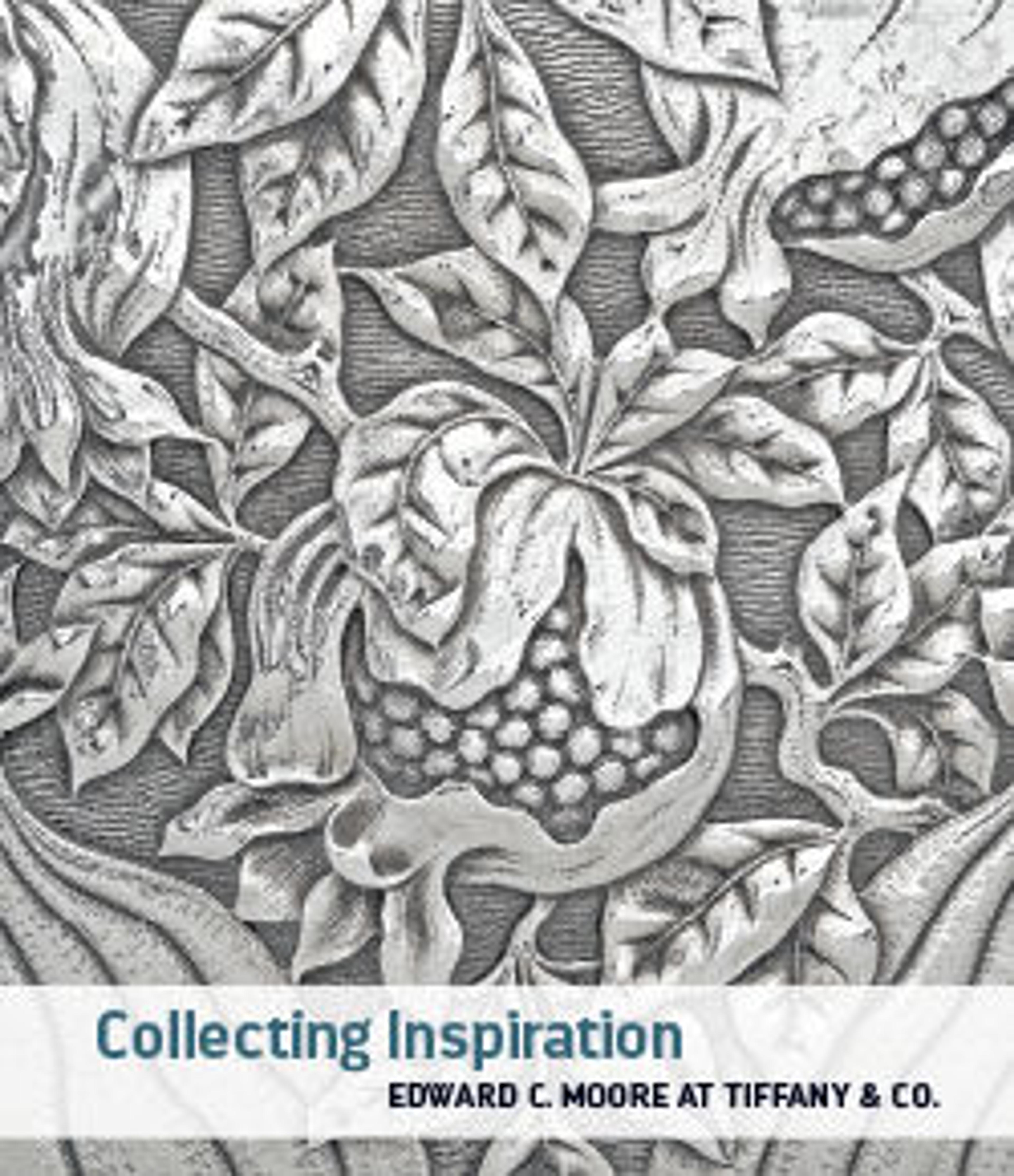Kimono (Shijira)
Kimono designs in the early Meiji period were typically subdued. The fabric employed for this example—Awa shijira-ori, distinguished by a peculiar crinkled, crepelike texture (shibo)—is ideal for making casual summertime kimonos. The combination of a dense plain-weave structure with a looser one results in an uneven tension that produces the characteristic surface. First produced in Tokushima Prefecture during the early Meiji period, the textile revived an earlier weaving tradition appreciated in tea culture. Despite the simple checkered or lattice pattern here, the juxtaposition of mustard yellow with indigo blue creates a sense of animation. With his keen interest in unique surface textures and geometric patterns, this kimono must have immediately caught Moore’s eye.
Artwork Details
- Title:Kimono (Shijira)
- Period:Meiji period (1868–1912)
- Date:mid-19th century
- Culture:Japan
- Medium:Extended plain-weave silk
- Dimensions:Overall: 64 x 47 7/8 in. (162.6 x 121.6 cm)
- Classification:Costumes
- Credit Line:Edward C. Moore Collection, Bequest of Edward C. Moore, 1891
- Object Number:91.1.59
- Curatorial Department: Asian Art
More Artwork
Research Resources
The Met provides unparalleled resources for research and welcomes an international community of students and scholars. The Met's Open Access API is where creators and researchers can connect to the The Met collection. Open Access data and public domain images are available for unrestricted commercial and noncommercial use without permission or fee.
To request images under copyright and other restrictions, please use this Image Request form.
Feedback
We continue to research and examine historical and cultural context for objects in The Met collection. If you have comments or questions about this object record, please contact us using the form below. The Museum looks forward to receiving your comments.
